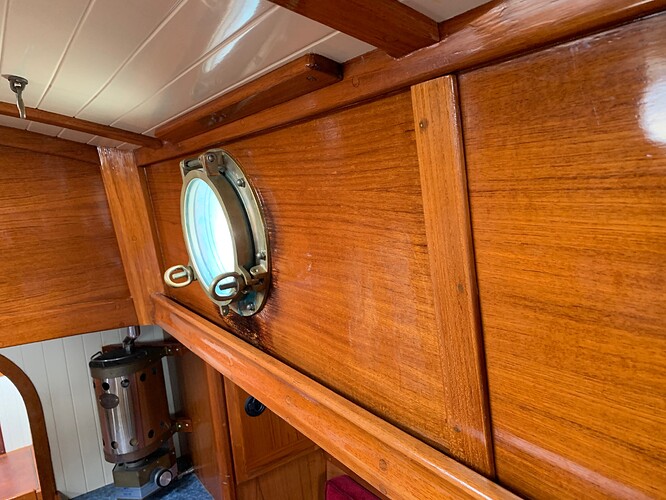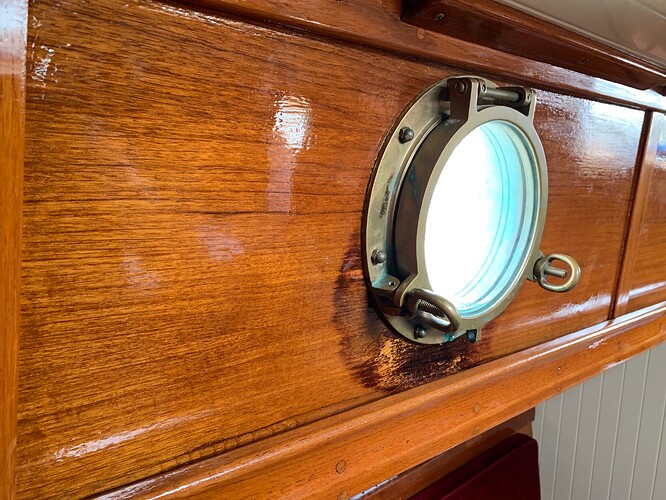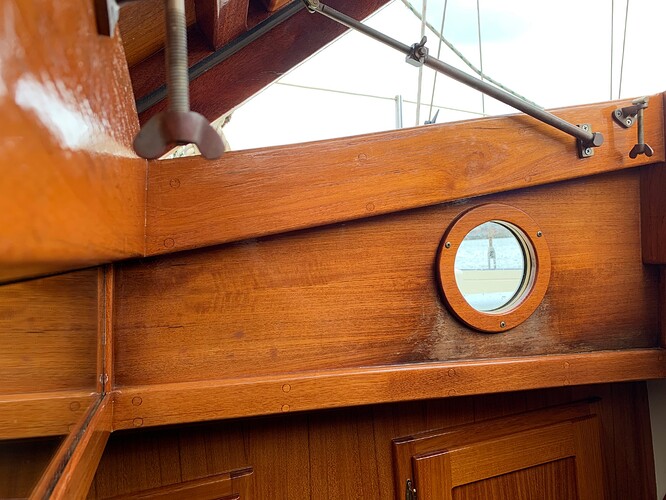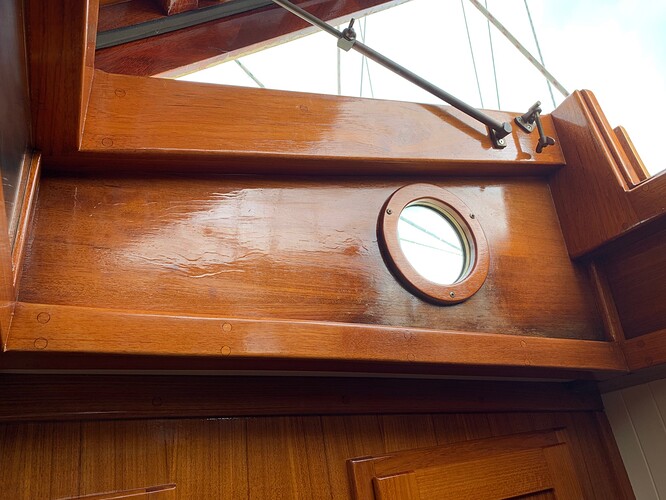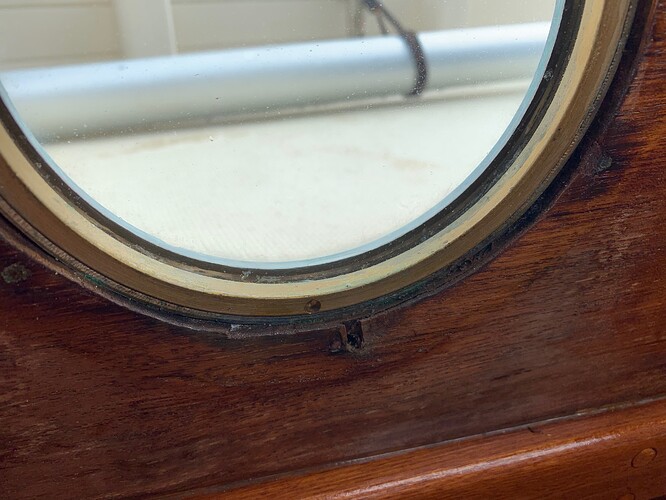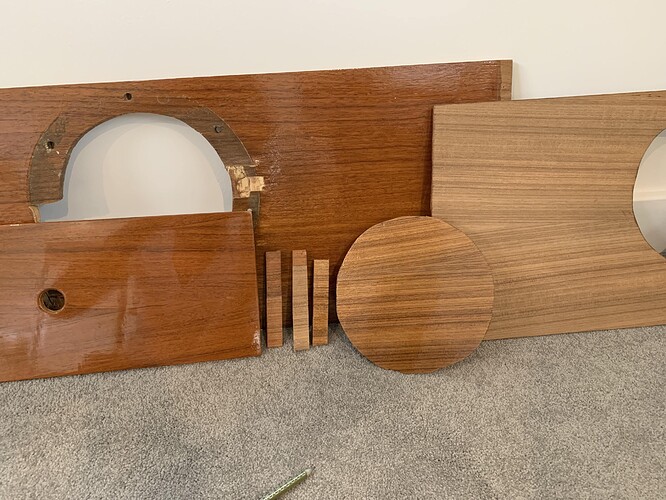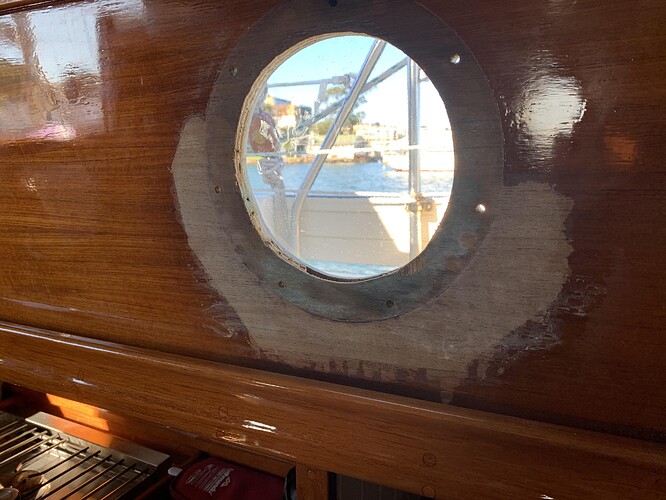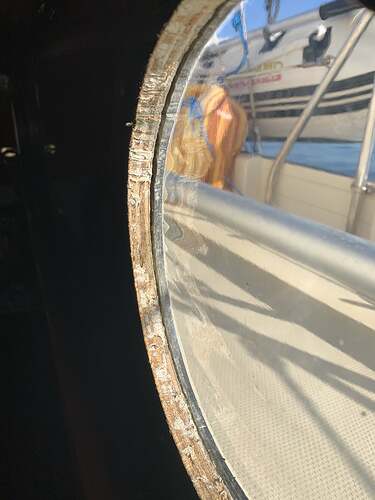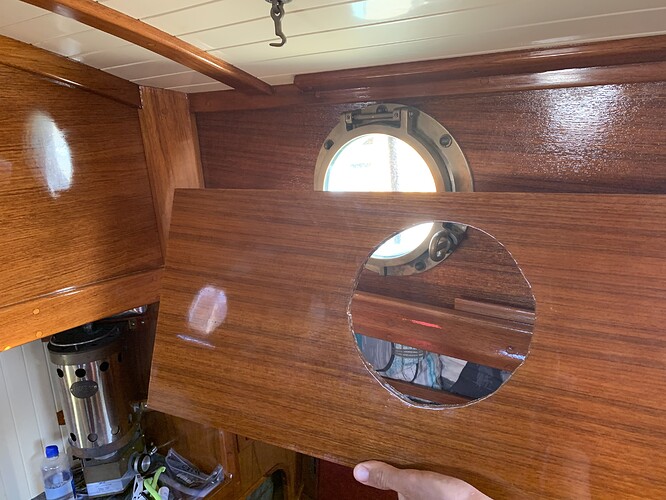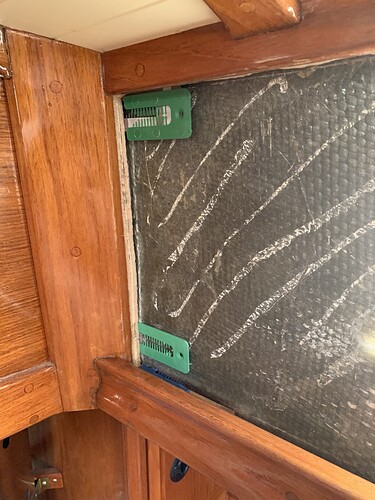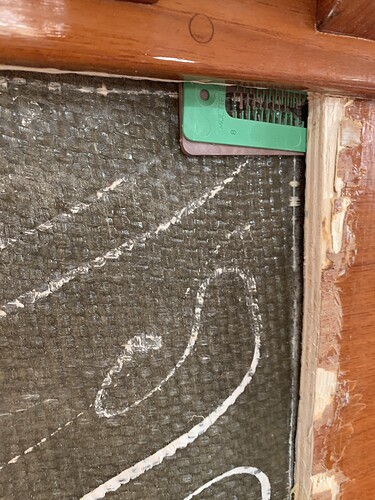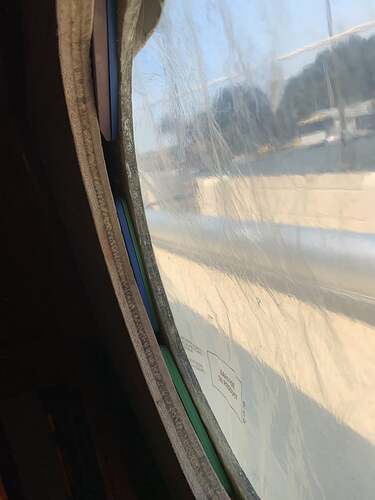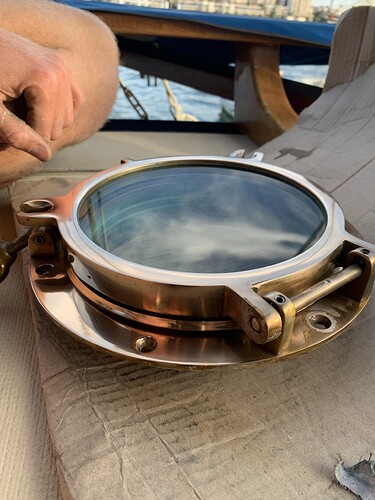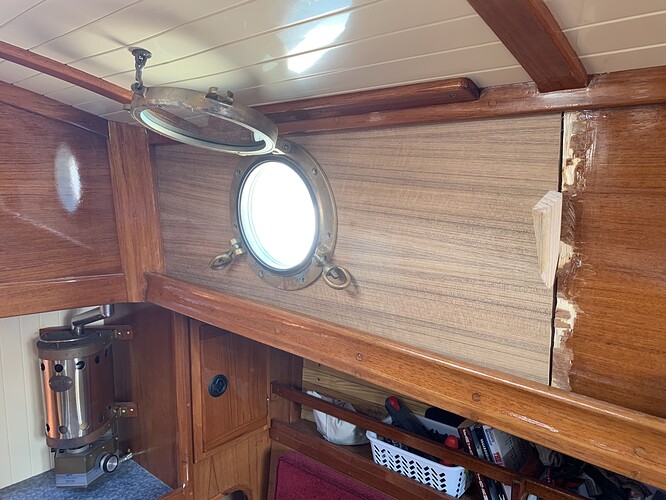Dear BCC owners,
As long-time reader but first-time poster to this forum I’d like to start by introducing myself and saying how much I appreciate the help from the people on this forum.
I am the third owner of BCC#118 White Wings 3, currently moored in the Sydney harbor. I hope to sail her across the oceans some day.
I hope I will be able to get some useful advice for an issue that is worrying me. I have some rot spreading in the plywood around the portholes.
This is happening around 2 of the portholes, one in the main cabin, the other one in the forward cabin (fixed porthole). Another porthole in the main cabin might be starting to show similar signs of rot. I am attaching some pictures to this post.
The wood is soft and wet, especially around the porthole in the main cabin.
To stop the leaks, I ordered material to replace the old gaskets and I plan to rebed the portholes.
I suppose that the best course of action is to replace the plywood panels entirely, to avoid the rot from spreading to other parts of the boat.
I am wondering, however, how big and how difficult of a job that is.
I removed the bit of wood that covers the junction between the smaller side panel forward and the bigger one aft. Unfortunately, it was strongly glued to the ‘good’ panel, and it took some of it away (see picture). Once replaced, the damage will sit under that bit of wood though, so not visible.
The thickness of the plywood seems to be about 1.5 cm.
Has anybody attempted such project before?
What can I expect to find behind the plywood? Will it be glued to the fiberglass? Can the panel be pulled out easily, or does it sit behind those other pieces of wood at the top and the corner of the coachroof (thus requiring to take those apart as well)?
How realistic is it for someone with no experience in this type of projects to expect to do a clean, proper job? Is it better to engage a professional rather than trying it myself?
The steps I would take are the following:
- Take apart the porthole
- Pull out the plywood panel (I need to figure out how)
- Measure the panel and have a new one cut (what should I look for? Teak plywood?)
- Apply Glue to the back of the panel/fiberglass (?) What would I use here?
- Slide in the new panel
- drill bolt holes for the porthole and fill with epoxy - re-drill
- Put the porthole back in place
- Varnish
What are your thoughts?
Thanks in advance,
Ignazio
